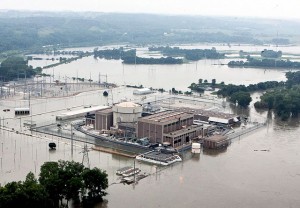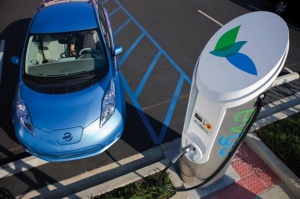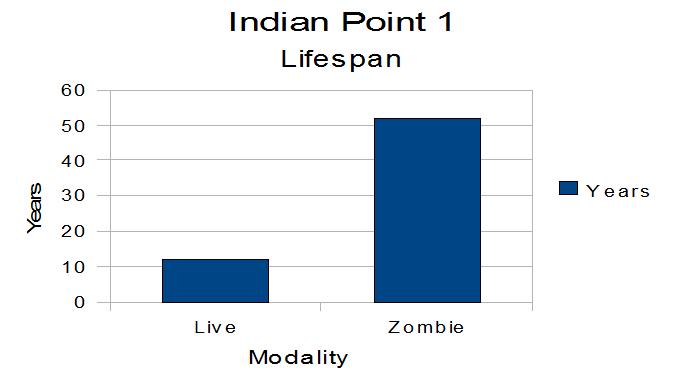
![]() Tweet The Washington Post reported, here, that John Boehner, Eric Cantor, Paul Ryan, and the “Young Guns,” their Republican comrades in the House of Representatives, PLANNED as far back as January, 2009 to use the debt ceiling to create a political crisis. It seems to have worked. The Republicans held fast, Obama and the Democrats blinked. The rating agency Standard & Poors, S&P, downgraded their rating of the credit-worthiness of the United States of America, President Obama’s core supporters seem to be abandoning him. And the stock markets are plummeting – the Dow Jones Industrial Average dropped 1000 points in 3 days.
Tweet The Washington Post reported, here, that John Boehner, Eric Cantor, Paul Ryan, and the “Young Guns,” their Republican comrades in the House of Representatives, PLANNED as far back as January, 2009 to use the debt ceiling to create a political crisis. It seems to have worked. The Republicans held fast, Obama and the Democrats blinked. The rating agency Standard & Poors, S&P, downgraded their rating of the credit-worthiness of the United States of America, President Obama’s core supporters seem to be abandoning him. And the stock markets are plummeting – the Dow Jones Industrial Average dropped 1000 points in 3 days.
Allowing US debt to be downgraded – forcing it to be downgraded – will cause a rise in interest rates, an increase in unemployment and bankruptcies. Altho a rise in interest rates will benefit bondholders. This is not the fiscal policy I expect from the party that claims to be fiscal conservatives. Altho, as noted, it does benefit bondholders.
The government should be creating jobs. Our elected representatives should be guiding the ship of state to a prosperous and sustainable future, not selling it short.
The NY Times reports, here, that S&P’s downgrade will spur the Republicans to demand more cuts in government spending, which will put more people out of work, furthor erode the economy. The only hope for the country is for Obama to realize that there is nothing he can do to win the love and admiration of the right wing, to ignore them and look to the center and to his base, and do what is good for the country, regardless of what Bachmann, Boehner, Cantor, Ryan and the Young Guns, and Grover Norquist want.


 It is clear that the emphasis on cutting government spending, eliminating government jobs, eliminating benefits to unemployed citizens, rather than raising revenues and developing infrastructure is not in the long term or short term interests of the United States. As the 512 point drop in the Dow Jones Average, and the downgrade of US debt indicate, Republicans and the Tea Party should be careful for what they wish for – they just might get it.
It is clear that the emphasis on cutting government spending, eliminating government jobs, eliminating benefits to unemployed citizens, rather than raising revenues and developing infrastructure is not in the long term or short term interests of the United States. As the 512 point drop in the Dow Jones Average, and the downgrade of US debt indicate, Republicans and the Tea Party should be careful for what they wish for – they just might get it.









